About 4 miles from Port Appin in Argyll in Scotland and clearly noticeable from the primary route A828 is a tower house, the birth of which can be traced to the 14th century, to 1308, the same year that Philip IV of France built one of the first indoor tennis courts.
Alone on an islet, this edifice has a history worthy of a film of its own. But instead, this place became forever immortalized as “The Castle of Aaaaarrrrrrggghhh” in the concluding scene from the Pythons’ surreal comedy film dubbed “Monty Python and the Holy Grail”. In its original form, this structure was but a minor fortalice raised by the Clan MacDougall, Lords of Lorn.
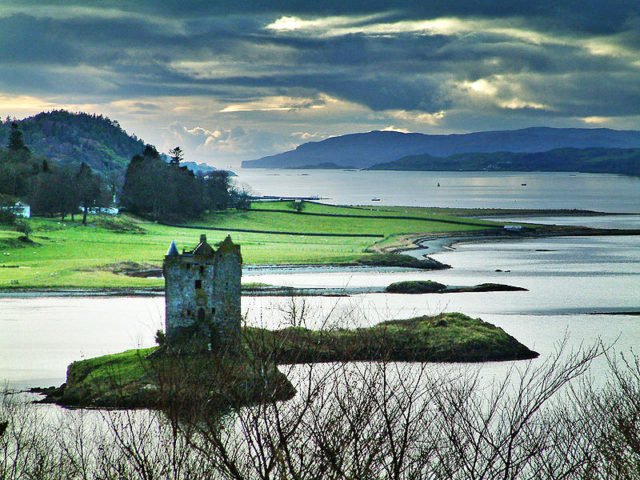
The form that we happen upon today was built in the 15th century by the Stewarts once they received the Lordship of Lorn. It was, following the opinion of many scholars, Sir John Stewart who gave this castle its present appearance.
The history of this fortalice is filled with heroic war cries and nasty clashes and skirmishes, such as the one that happened in 1468 between the rival families of the Stewarts and the MacDougalls.
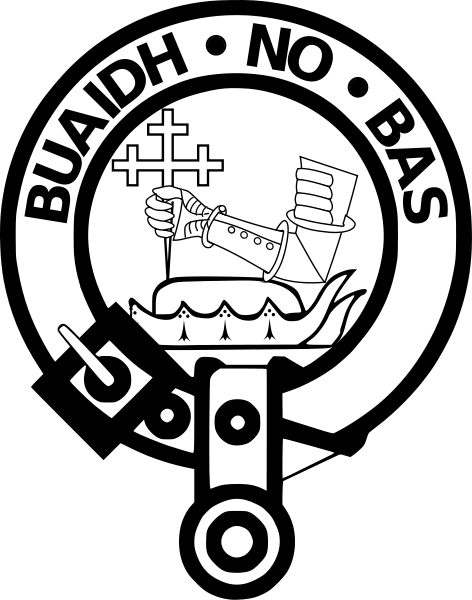
During this battle, which took place opposite the fort, Alan MacCoul, the same person who had killed Sir John Stewart some years prior, was killed and revenged by Dugald, the newly-legitimized son of John and by extension the First Chief of Appin.
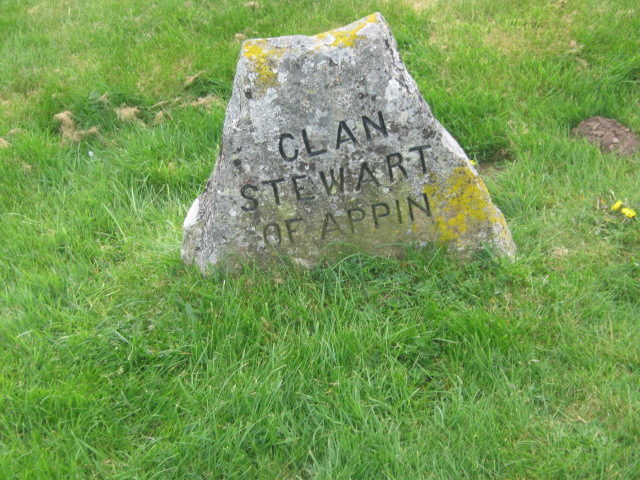
To mark this historical turn of events today there is a memorial stone laid in the Churchyard in Portnacroish. This page-turning chronicle of Castle Stalker further continues with King James IV of Scotland. It was this very person that used the solitude of this castle for falconry and hunting.
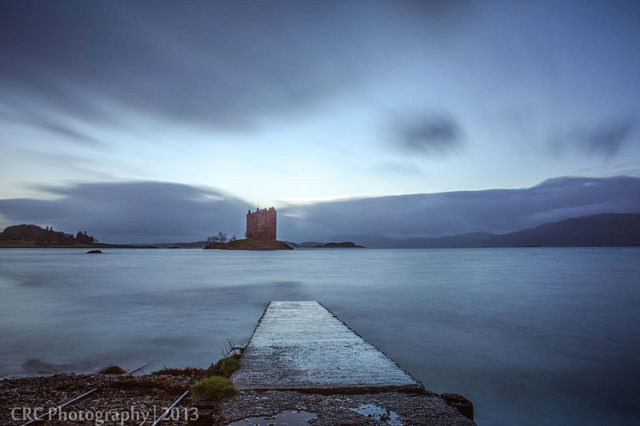
A number of researchers claim that during this period the top fourth floor was added as well as the Coat of Arms that hangs over the front door.
The history of this place further continues through time, from Duncan Stewart to his brother Alan Stewart to 1520 when Sir Alexander Stewart of Invernahyle, was brutally ambushed close to this castle.

An event from which a legend was born, in which the son of Sir Alexander Stewart – at that time just a baby – was hidden in Castle Stalker by his nurse while his father was murdered outside. Once the Campbells were gone, the nurse came back and found the baby alive and well.
A hundred years later, the castle was lost to the Campbells in a drunken bet made by the 7th Stewart Chief, Duncan, although he did earn a light rowing boat.
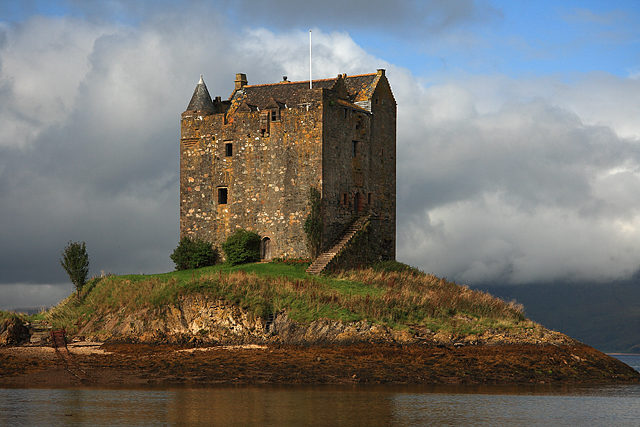
In 1746, this castle served as a jail where no more than six prisoners spent a half-month of their lives. Up until the 19th century, the Campbells kept this castle as their primary home.
They later moved out and built a new home at Airds that still stands strong today.
Since then, the castle has been abandoned and left to ruin and around the 1840s, the castle lost its roof. And once more the castle changed its owner and went back to the Stewarts in 1908, though this time peacefully and by means of mere purchase.
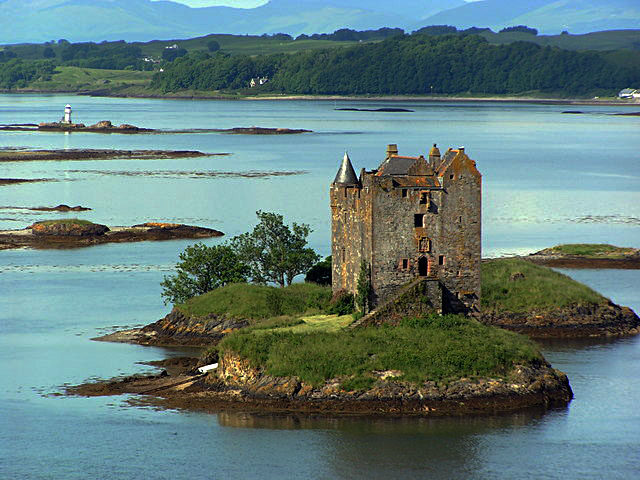
Charles Stewart, the new owner, did some simple conservation work. In more contemporary history, Castle Stalker belonged to Duncan Stewart who, just like some of his forerunners, was heartlessly killed.
And so the property went over to his widow. Lt. Col. D. R. Stewart Allward later bought this place and did an enormous restoration work that resulted in an inhabitable castle.
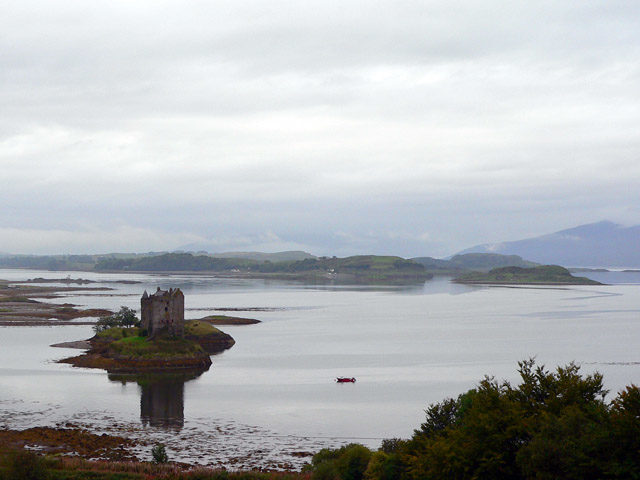
With its long history and beautiful surroundings, the castle has inspired many people, including the Pythons, Doug Aarniokoski and his movie Highlander: Endgame, as well as English author Susan Cooper, who was inspired by this castle to create one of her own in the children’s book The Boggart.
